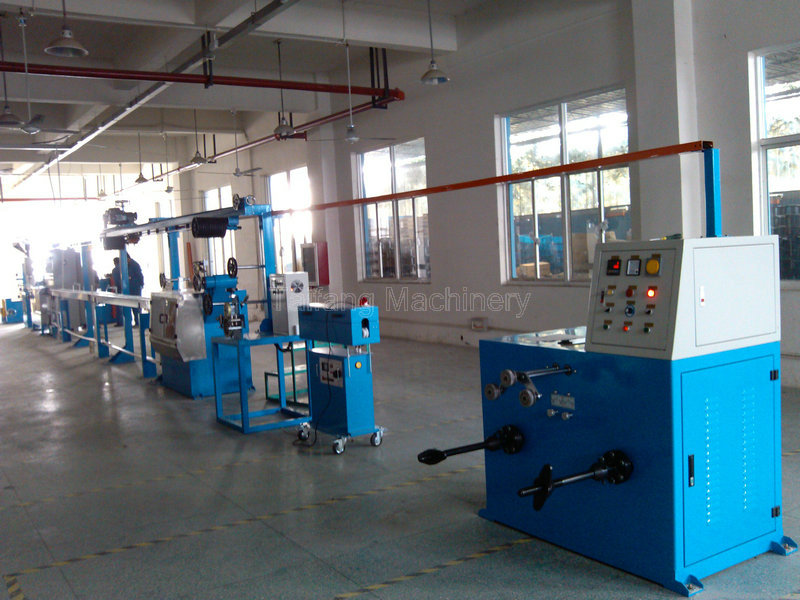聯(lián)系人:鐘先生
郵 箱:[email protected]
電 話:138-1293-0229
地 址:江蘇昆山開發(fā)區(qū)前進(jìn)東路579號(hào)

Title: The Essentials of Extrusion Die Design: Mastering the English Terminology for Optimal Performance Introduction to Extrusion Die Molds In the realm of plastic manufacturing, extrusion die molds, often referred to as extrusion heads or simply ‘dies’, play a pivotal role. These specialized tools are crucial in defining the cross-sectional profile and dimensions of extruded products. As the polymer melt is forced through the die, it assumes the desired shape before solidifying upon cooling. Thus, understanding the intricacies of these molds is essential for any manufacturer aiming to produce high-quality, consistent outputs. The Anatomy of an Extrusion Die Mold An extrusion die mold comprises several key components that work in unison. At its core, there’s the die body, which houses the die land and the shaping cavity. The die land is a critical section that helps to even out the flow of material and ensure uniform pressure across the width of the die opening, leading to a stable extrusion process. The shaping cavity is where the actual profile of the product is formed. Adjacent to these elements, you’ll find the adapter and the breaker plate system, which regulate material flow and pressure distribution respectively. English Terminology for Die Design Mastering the specific terminology used in English for extrusion die design can significantly improve communication within the industry and with suppliers from English-speaking countries. For instance, terms like ‘mandrel’ (the central component around which the material flows), ‘spider legs’ (supports connecting the mandrel to the outer diameter), and ‘land length’ (distance between the die exit to the last point of contact with the inner walls) are fundamental. Additionally, knowing terms such as ‘die gap’ (the distance between the die lips), ‘slit die’ (used for sheets and films), and ‘profile die’ (for complex shapes) can help in precise discussions about design specifications. Material Considerations in Die Design When designing an extrusion die mold, the choice of materials is paramount. Dies are typically crafted from tool steel alloys due to their excellent wear resistance and durability under high pressure and temperature conditions. Carbide inserts might also be utilized in areas subject to high abrasion to enhance longevity. It’s important to consider factors such as corrosion resistance and thermal conductivity when selecting materials to ensure efficient heat dissipation and prolonged service life. Optimizing Die Performance Several strategies can be employed to optimize the performance of extrusion die molds. One approach is through computer-aided design (CAD) simulations, which allow engineers to predict and adjust for potential issues like die drool or uneven flow before physical production begins. Another method involves meticulous polishing of flow channels to reduce friction and shear heating, which can cause material degradation. Furthermore, regular maintenance, including die cleaning and inspection, is vital to sustain optimal operation over time. Conclusion: The Importance of Continued Learning As technology evolves and new materials emerge, staying updated with the latest advancements in extrusion die design and English terminology will remain crucial for professionals in the field. By continuously refining their knowledge and skills, manufacturers can push the boundaries of what’s possible in plastic extrusion, delivering innovative products that meet the ever-changing demands of the market.